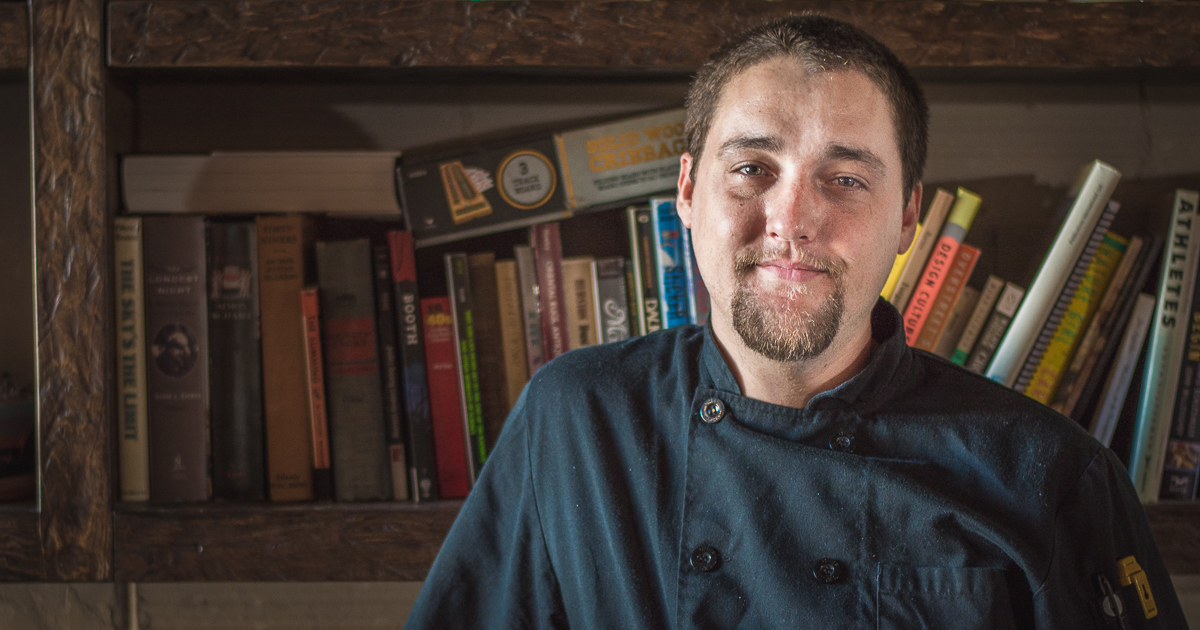
Tools They Use takes a look at local food artisans, such as chefs, bakers, brewers, and more, with a simple photo displaying signature items and favorite tools.
On a desktop computer? Click the image to view at full size in a new window.

“I stumbled upon these brands under instruction of a random Korean lady when I was at Lee Lee shopping for kimchi ingredients. She pointed me in the direction of this salt and was very adamant of it. She told me which fish I want my fish sauce derivative of. This is the texture you need the red pepper to be. She was very cool.”
Mushroom powder is an easy way to add savory complexity to dishes.
“For harder things, I like a steel mortar. For softer spices, I use a wooden one.”
Kraiss’ fermentation obsession at Ermanos began with the standard napa cabbage kimchi. He used the fermentation batch from the kimchi to experimentally ferment unique ingredients such as pineapple.
“The fermented pineapple is so bubbly and explodes like Pop Rocks in your mouth.”
The knife bag and Ermanos apron were both custom-made by a fellow employee who sells apparel under the moniker Qmulative.
“Everything is so serious in the kitchen all the time and I’ve always been such a comic book fan. It’s nice when I open my bag, I’m reminded that it doesn’t have to be so serious and you can have fun while cooking food.”
This grater was a birthday gift from chef Tucker Hartford. Kraiss mostly uses it for fruits and seeds, nuts, nutmeg. He prefers the grater without the handle.
This brush is primarily used for plating with the ahi tuna kimchi dish.
“If you want a fully carbonated fermentation, don’t use it. This is specifically for not breaking your lids. If you leave your mason jar for over two weeks without one, you will break the lid. The fermented pineapple doesn’t use it.”
Kraiss sharpens this knife with a whetstone at the beginning of every single shift.
“That’s my right hand knife. I like the versatility of the six-inch”
View Calphalon Katana 6″ on Amazon
“This is the machine that makes the kimchi. I like it because it’s important that each vegetable is cut differently for how it’s going to be texturally after it’s fermented. You want a certain crunch or explosiveness from the vegetables. The pineapple is cubed so it explodes like that. Same with the daikon radish.”
View Benriner Mandolin Slicer on Amazon

Jackie Tran is a Tucson-based food writer, photographer, culinary educator, and owner-chef of the food truck Tran’s Fats. Although he is best known locally for his work for Tucson Foodie, his work has also appeared in publications such as Bon...